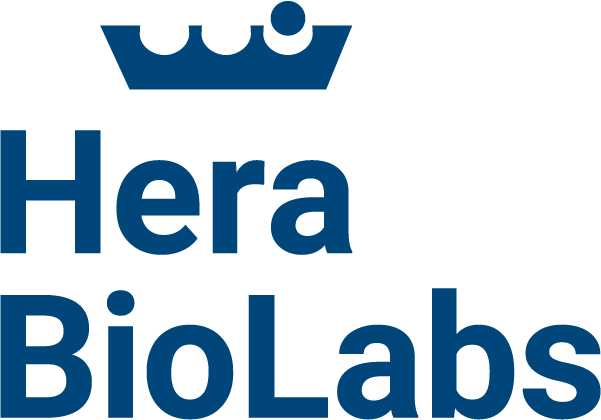Until recently, there has been a void in animal models that mimic the early-onset of bone and nervous system sarcomas found in humans, particularly children, with Tp53 germline mutations. However, researchers at the University of Missouri and the University of Utah have recently published their findings that Fisher 344-Tp53 knockout rats appear to exhibit a high rate of bone and brain neoplasia with frequent metastasis with tumors that were highly representative of the human malady from a radiographic and histological perspective.
This study found that, unlike many previously existing mouse models, the transgenic rat model appears to offer several advantages to researchers working in the field of preclinical drug discovery and development. Specifically, primary tumors presented predominantly on long bones and frequently led to subsequent pulmonary metastases, both common features of patients battling osteosarcoma. Generally, rats provide the advantage of having a larger body size and a metabolism that more closely represents that of a human.
These genetically modified models with high incidence of spontaneous cancer play an important role in studying metastasis alongside human xenograft models. When used together, researchers can more fully understand both the specific characteristics of human cancer cell lines as well as the relationship between humanlike rodent cancer strains and the rodent immune system.
Utilizing embryonic injection of CRISPR, rodent models with spontaneous gene mutations can be created on most strains, leading to faster transgenic model creation timelines. Toxicology and efficacy screening using these engineered models can prove to be more reliable and translational.
